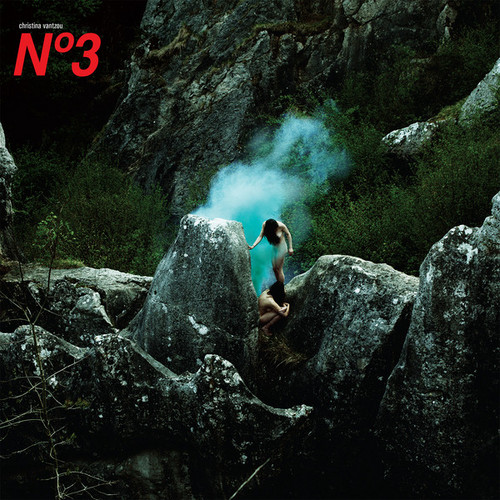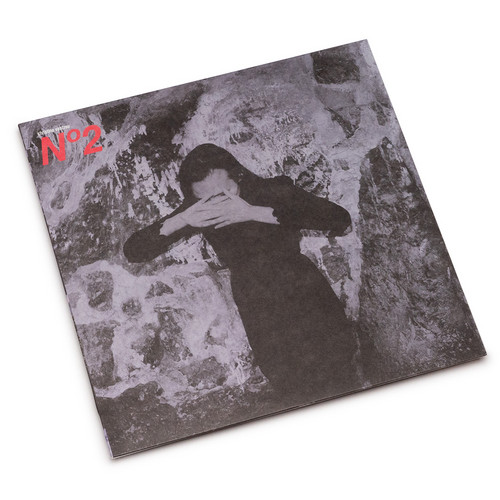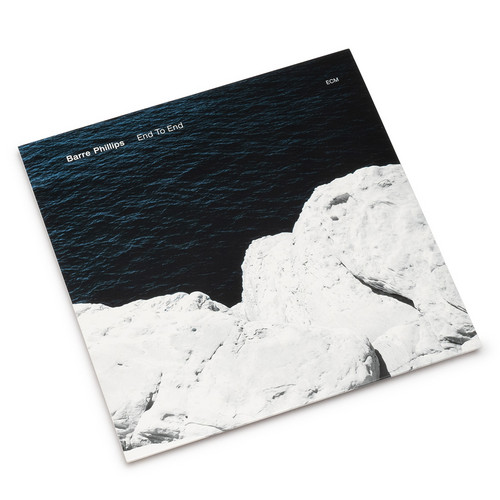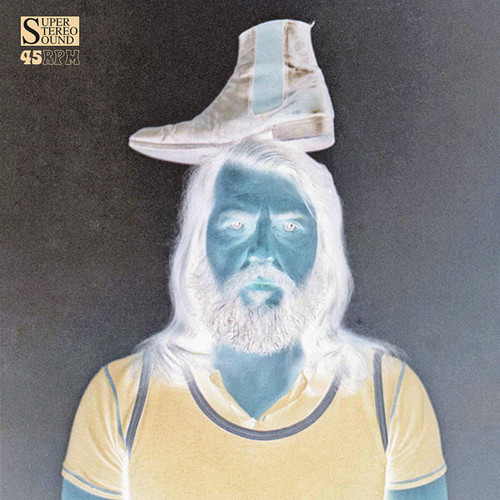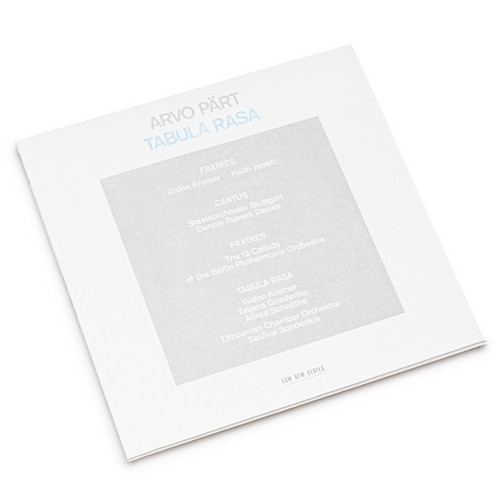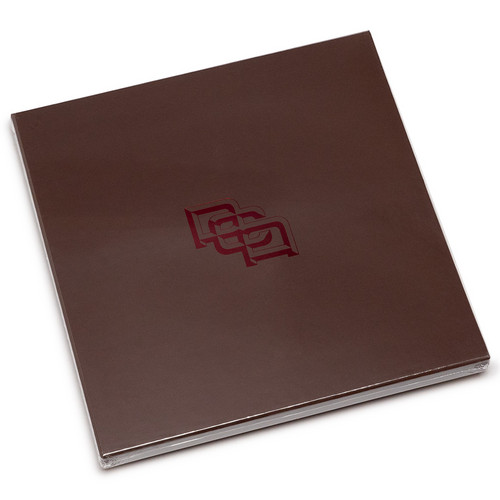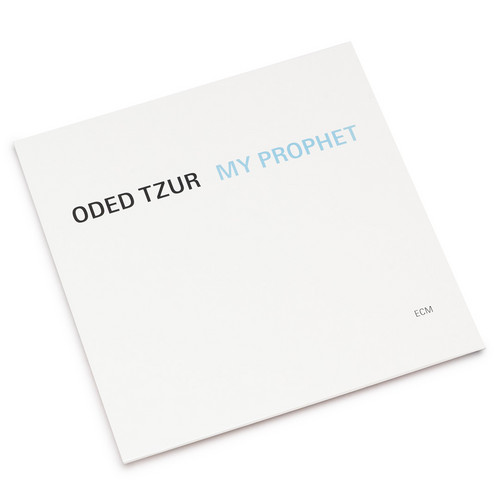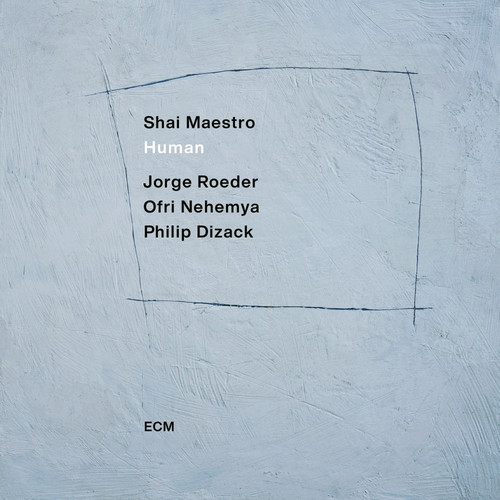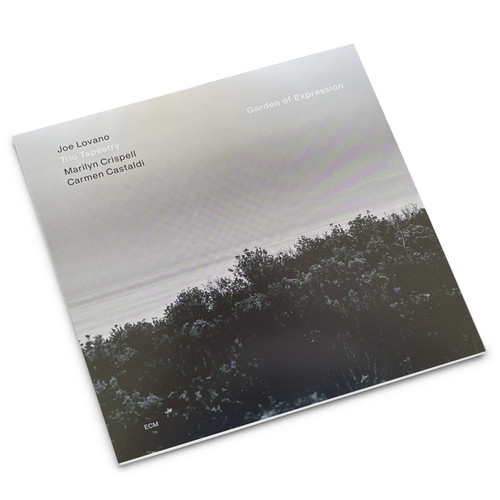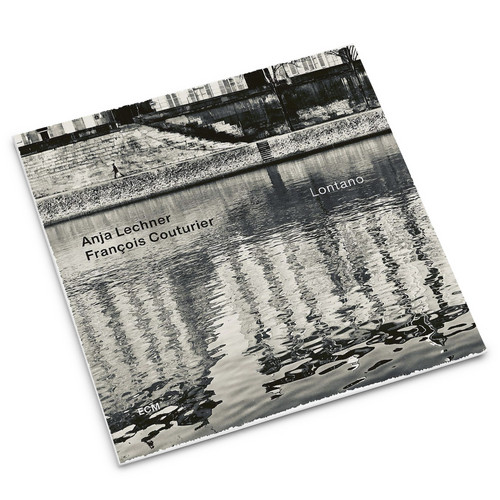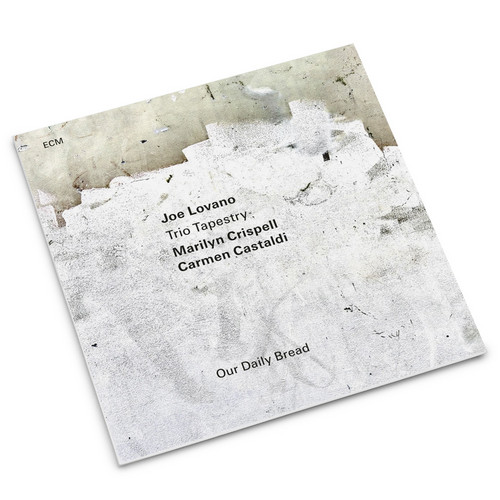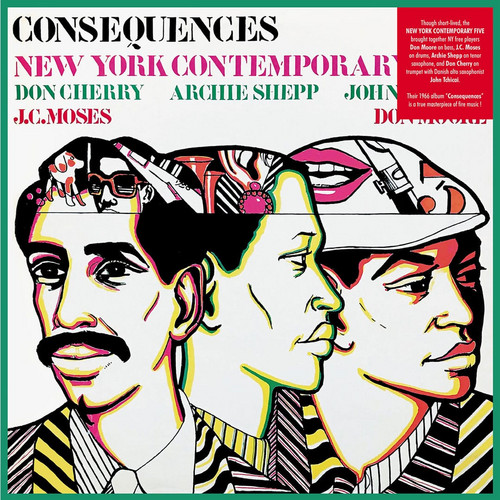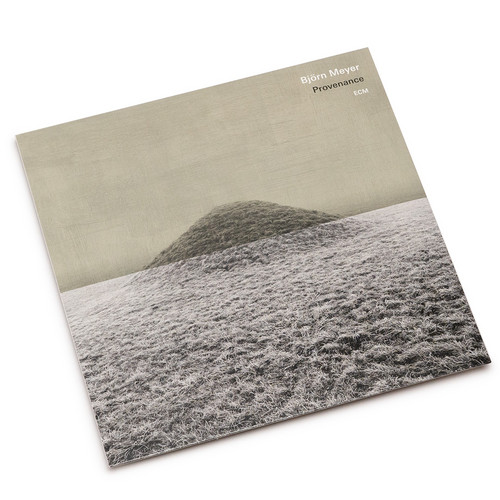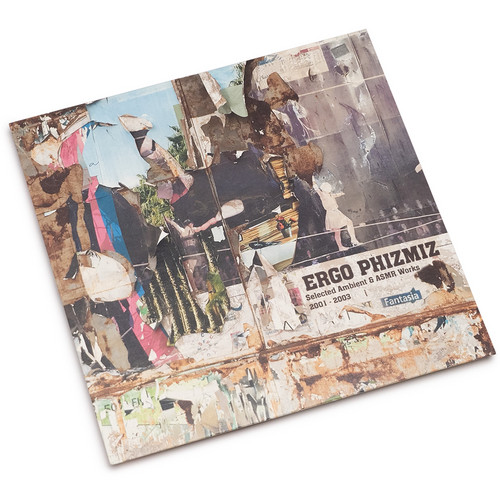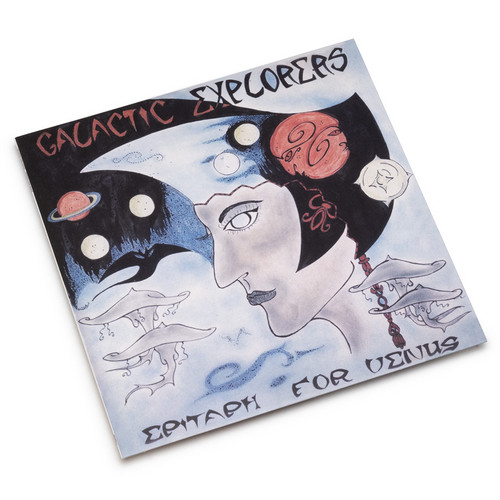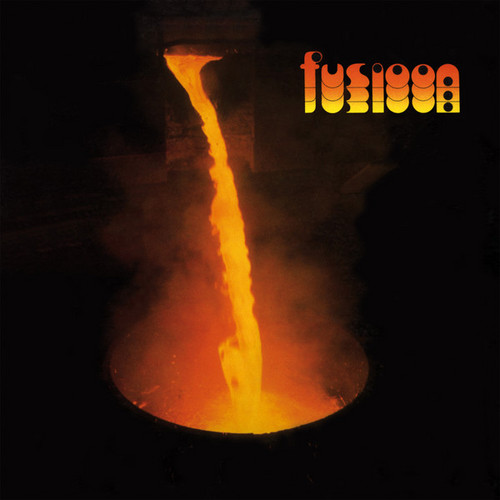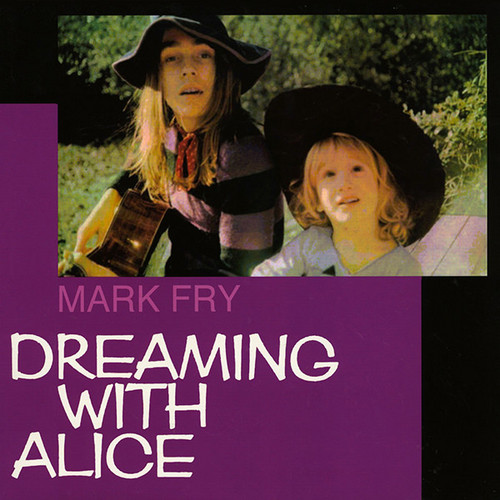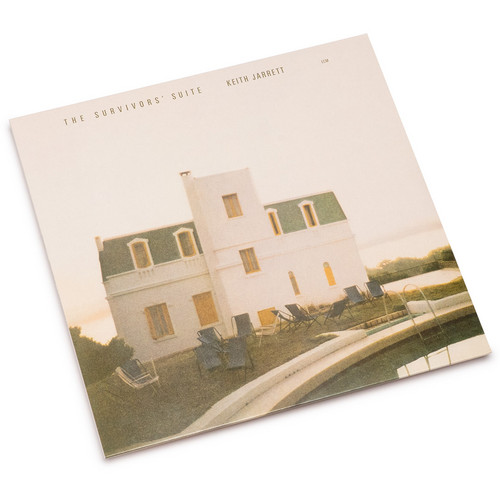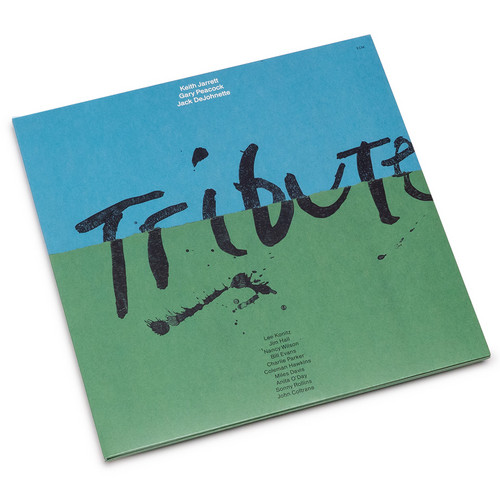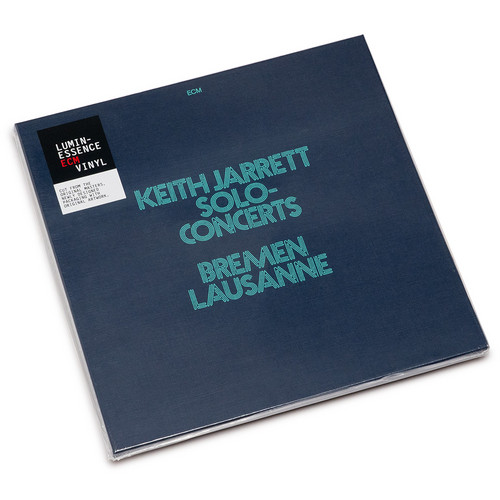Back in stock
N°3
Gatefold double LP version. "Album No. 3 from Christina Vantzou is the result of a two-year process of composing, arranging, rearranging, experimenting, and melding classical instruments with synths and electronics. Recorded in Belgium with a 15-piece ensemble of strings, horns, woodwinds and micro-choir, the tracks vacillate between orchestral, ambient soundscapes and more structured works that the composer refers to as 'pillars.' The internal core of the record, however, is unwavering. All tra…
N°2
Developed over a four year period, and entirely funded by a part time job working as a SAT university entrance exam mathematics tutor, Nº2 was composed using synthesizers and a variety of unidentified samples that were manipulated beyond recognition. Christina Vantzou then collaborated with Minna Choi of the San Francisco based Magik Magik Orchestra. Vantzou and Choi worked on the notation and arrangements and recorded the compositions with a 15-piece ensemble at Tiny Telephone studios in San Fr…
End To End
*2024 stock* Barre Phillips was the first musician to record an album of solo double bass, back in 1968, and he has always been an absolute master of the solo idiom. In March 2017, Barre recorded what he says will be his last solo album, the final chapter of his “Journal Violone”: it is a beautiful and moving musical statement. All the qualities we associate with Barre’s playing are here in abundance – questing adventurousness, melodic invention, textural richness, developmental logic, and dee…
Pyramid Edits
Pyramid was an underground / homemade label created by Toby Robinson and his friend Robin Page (the Fluxus artist) while they were living in Cologne, Germany, in the ‘70s. Toby - aka The Mad Twiddler, aka Genius P. Orridge – is well-known to Krautrock collectors as one of a number of engineers working at Stockhausen’s WDR and Dierks Studio in Cologne in the mid-1970's, where he assisted on recordings by many famous Kraut bands such as Can, Birth Control, Mythos or Dzyan.Pyramid was home to a ser…
Tabula Rasa
New vinyl reissue in facsimile gatefold edition, includes original liner notes by Wolfgang Sandner in enclosed booklet.
Where Things Are Hollow: No Tomorrow
Electronic music visionary Pye Corner Audio, a master of blending nostalgia with forward-thinking production, has carved out a unique niche in the electronic music landscape. Drawing inspiration from 1970s and 80s synthesizer music, and cinematic soundtracks, his work often evokes a sense of eerie futurism. Lapsus Records is proud to present Where Things Are Hollow: No Tomorrow, a comprehensive box set revisiting and expanding his acclaimed Where Things Are Hollow series. This release includes t…
My Prophet
On My Prophet, Oded Tzur together with his quartet of pianist Nitai Hershkovits, bassist Petros Klampanis and the new group member Cyrano Almeida on drums, continues on the idiosyncratic musical path he has carved out for himself – a flowing jazz idiom that seamlessly combines multiple forms of expression –, while delving deeper into the meditative and highly concentrated realm of improvisation. In the process, the saxophonist presents some of his fiercest playing yet.
The quartet’s synergy is…
Human
In its review of pianist Shai Maestro’s ECM leader debut The Dream Thief, All About Jazz spoke of “a searching lyrical atmosphere, emotional eloquence and communal virtuosity that serves the music.” All of which also applies to Human, where Maestro’s outgoing, highly-communicative band with fellow Israeli Ofri Nemya on drums and Peruvian bassist Jorge Roeder becomes a quartet with the inspired addition of US trumpeter Philip Dizack. Shai’s expansive pianism is well-matched by Dizack’s alert, …
Garden Of Expression
The debut album of Joe Lovano’s Trio Tapestry was one of 2019’s most talked-about releases. The trio’s musical concept – the Boston Globe spoke of “utterances of hushed assurance, lyricism and suspense” – is taken to the next level on its second album, Garden of Expression, a recording distinguished by its intense focus. Lovano, a saxophonist whose reach extends across the history of modern jazz and beyond, plays with exceptional sensitivity in Trio Tapestry. And the music he writes for this …
Lontano
On Lontano, Anja Lechner (cello) and François Couturier (piano) expand the expressive horizons of the duo format, weaving a tapestry of original compositions, improvisations, and deeply personal interpretations. Recorded at Sendesaal Bremen and produced by Manfred Eicher, the album draws inspiration from a remarkable array of sources-echoes of Bach, the folk laments of Argentina, the lyricism of Henri Dutilleux, the cinematic touch of Anouar Brahem, and the haunting minimalism of Giya Kancheli.
…
Our Daily Bread
The third album from Joe Lovano’s Trio Tapestry finds the group continuing to extend its spacious and lyrical approach, with deep listening and intense focus. “Our Daily Bread is fueled by the rhythm spirit of expression that projects the mysterious world of music that lies ahead,” says master saxophonist Lovano in his liner note, and these elegantly fluid pieces and free-floating ballads indeed feel like songs of the soul. “The intensity comes not from ferocity but from depth of feeling,” wrote…
Consequences
Though short-lived, the New York Contemporary Five brought together NY free players Don Moore on bass, J.C. Moses on drums, Archie Shepp on tenor saxophone, and Don Cherry on trumpet with Danish alto saxophonist John Tchicai, in a remastered edition of their 1966 album "Consequences", expanded with Shepp's revisiting of the material in a sextet with Sunny Murray and Ted Curson.
Provenance
2025 stock There is a distinguished tradition of solo bass albums on ECM, but Provenance is the first to be devoted to the electric bass guitar. Björn Meyer, Swedish-born and Swiss-based, has shaped a unique voice for his instrument inside the most diverse contexts, working alongside Persian harpist and singer Asita Hamidi, Swedish nyckelharpa player Johan Hedin, and Tunisian oud master Anouar Brahem. For a decade he was a member of Nik Bärtsch’s Ronin, in which his bass guitar was frequently th…
Selected Ambient & ASMR Works 2001-2003
An extremely prolific artist, whose work encompasses composition, opera, theater, radio plays, film or performance, Ergo Phizmiz returns in due time to the Discrepant fold long after his 'Two Quartets' and 'Disco Carousel' - under his given DW Robertson name - albums. A purveyor of the Creative Commons rights, Phizmiz has been deploying much of his work on the ever expanding Free Music Archive directed by WFMU since the early 2000's, creating a sprawling and defiant body of work that defies give…
Epitaph For Venus
From the moment it emerged during the mid 90’s, mystery has swirled around Galactic Explorers’ sole LP - Epitaph for Venus. Released by the Psi-Fi imprint as a long lost Krautrock gem from the mythical Pyramid label’s archives - said to be have been recorded by Toby Robinson in Cologne circa 1972/73, it has been loved by many, while others have cried hoax. Some ventured further, implicating none other than Genesis P. Orridge as the creator. The truth isn’t publicly known, but the foggy origins p…
Fusioon
*2023 stock* First album released in 1972 by these Catalan psych-progsters. Traditional Spanish songs receive a psychedelic / progressive / jazz-rock treatment with tremendous rhythm section (drum breaks galore!), fuzztone guitar, Hammond & analogue keyboards plus occasional string arrangements.
Dreaming With Alice
Newly remastered reissue of Mark Fry's Dreaming With Alice, originally released in 1972. Dreaming With Alice was already an obscurity by the time of its release. Recorded by a 19 year old Mark Fry for an Italian sub label of RCA, it presented a beautifully naive kind of psychedelic folk similar to what the Incredible String Band laid down at the same time just a bit more straight forwarded. Young Mark enchants his listeners with dreamy vocal melodies of utter beauty which create an outmost peace…
The Survivors' Suite
*2024 stock* The Survivors’ Suite, recorded in 1976, is the crowning achievement of Keith Jarrett’s “American Quartet” with Dewey Redman, Charlie Haden and Paul Motian, and one of the all-time enduring masterpieces in the ECM catalogue. Melody Maker: “The Survivors’ Suite is a brilliantly organized and full-blooded work which provides the perfect setting for all four talents. This is a very complete record. It creates its own universe and explores it thoroughly, leaving the listener awed and sat…
Tribute
*2024 stock* Tribute is a live double album by the Keith Jarrett Trio recorded at the Kölner Philharmonie on October 15, 1989 and released on ECM a year later. The trio—Jarrett's "Standards Trio"—features rhythm section Gary Peacock and Jack DeJohnette.
Solo Concerts: Bremen / Lausanne
Newly designed packaging with original artwork. Comes in a hard box cover with a 12-page booklet. There exists a clear before and after Solo Concerts Bremen/Lausanne. On those evenings in March and July 1973, in those European concert halls, Keith Jarrett wasn't simply playing piano. He was conjuring something magical and unrepeatable - note by note - in that unique dialogue between artist and instrument that only the greatest improvisers truly understand.
Today, fifty years later, ECM Records t…
